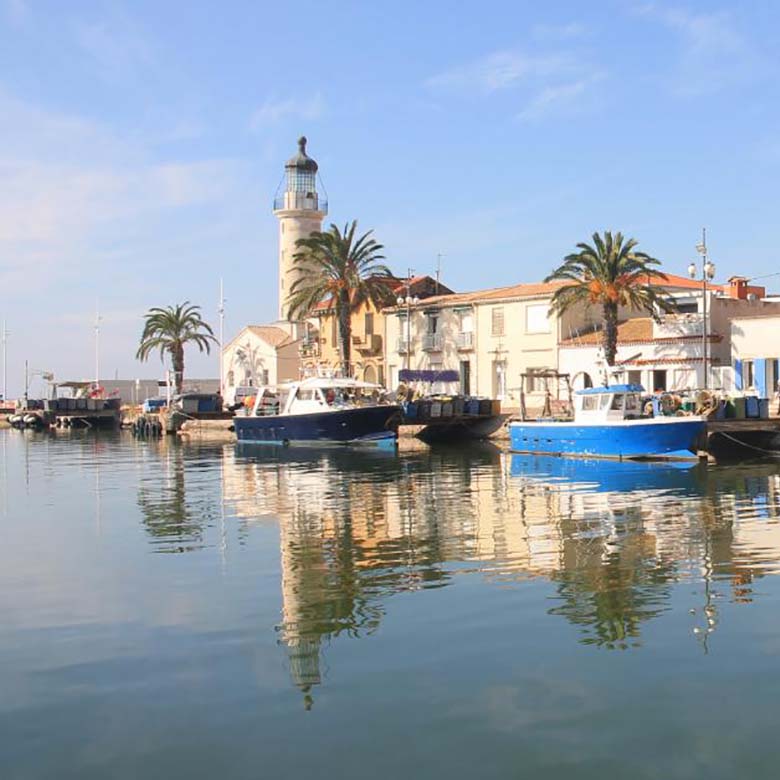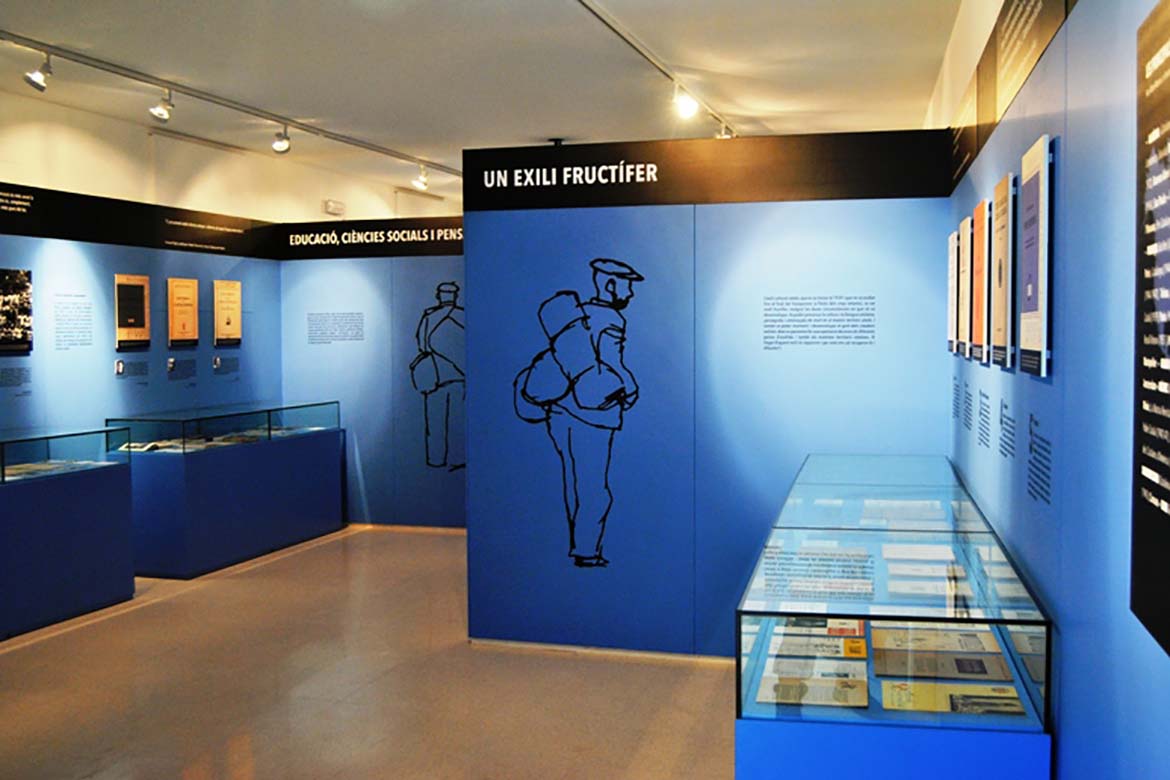La Camargue
There are different activities to discover the fauna and flora of the Camargue: themed routes, guided tours, observation tours, etc.
But on the other hand, the Camargue are also villages with an exceptionally rich past:
Arles offers the visitor one of the best preserved Roman amphitheaters in France, Aigues Mortes is an ancient medieval fortified city with a prestigious heritage located in the middle of the lagoons of the Camargue. The Aigues-Mortes salt pans cover 14,000 hectares and are another attraction of the Camargue. The salt of the Camargue is one of the most appreciated in all of France, especially the Fleur de sel . Saintes Maries de la Mer is a town full of tourism, agriculture and the breeding of Camargue bulls and horses. Baux de Provence , located about 15 kilometers northeast of Arles, in the hills of Les Alpilles. Saint Rémy de Provence , a picturesque village located in the Alpilles, a stone's throw from Baux de Provence, which stands out for having a beautiful old town with Romanesque, medieval, Renaissance buildings. Le Grau du Roi : it is the only sea exit of the Gard department, it is worth visiting for the houses around the canal, the lighthouse at the end of it and the traditional boats; sunsets are priceless.
Elna's maternity
Elna's maternity was a humanitarian institution dedicated to helping women, especially exiled.
During the years 1939-1944, this castle hosted pregnant women from the countryside of Algiers, Ribesaltes, Sant Cebrià and Gurs, who were about to give birth. Thanks to the courage and will of a young Swiss Red Cross nurse named Elisabeth Eidenbenz , about 600 creatures were able to live away from the sordid fields. They were all children of Spanish, Jewish, gypsy refugees. Abandoned for more than 50 years, the castle was purchased in 1997 and gradually restored by the new owner.
Exile Memorial Museum
The Exile Memorial Museum (MUME) is a place for memory, history and critical reflection. It is an interpretation centre which recalls the exiles brought about by the Civil War in Spain and Catalonia.
Located at the same border crossing where most of the exiles fled, MUME combines museum functions, through permanent and temporary exhibitions, with those of historical research and education. Always through a broad perspective that links the past with the present, because the conflicts that cause exiles have been a constant in the history of the 20th century and continue to be so today.




















